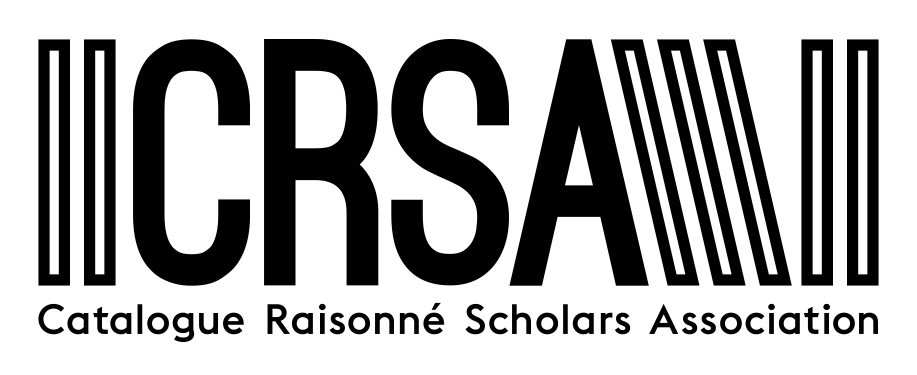Eugene V. Thaw. Photograph courtesy the Eugene V. Thaw Revocable Trust.
The following essay by Eugene V. Thaw (1927–2018) was included in Jackson Pollock: New-Found Works (Yale University Art Gallery, 1978), an exhibition publication celebrating the release of the four-volume Jackson Pollock: A Catalogue Raisonné of Paintings, Drawings, and Other Works (Yale University Press, 1978). Our thanks to the Eugene V. Thaw Revocable Trust for their permission to reproduce this text. While there is no on-going Pollock catalogue raisonné project, the completed work of Thaw and co-editor Francis V. O'Connor (1937–2017) remains a touchstone. – Carl Schmitz, Director of Communications and Publications
_____________________________________________________
Reflections on the Jackson Pollock Catalogue Raisonné
Eugene Victor Thaw
As a student of Art History I once had daydreams of dazzling the world with my connoisseurship (another Berenson, I thought). Instead I became an art dealer and have remained one for nearly thirty years.
Meyer Schapiro had been one of my teachers at Columbia and, through a family friend, I met the sculptor Herbert Ferber. Both urged me to see the Pollock show (1949) at Betty Parsons Gallery to learn what was going on. That was my first contact with Pollock's work. Later, I would occasionally go to the famous 8th Street artists' "Club" and twice, during exhibitions at my newly opened gallery, Pollock himself came in but we never exchanged a word. I became friendly with some artists who knew him well and his pre-eminence dominated the world in which I then moved. Later, my wife and I began to spend summers at East Hampton and although we were not friends, Pollock was always present in our consciousness. We were there the night he was killed and remember the shock and awe next day as automobiles gathered in front of various artists’ houses when the news spread.
It was some years later that my wife and I became close friends of Lee Krasner Pollock, on a personal as opposed to a professional basis. We spent many hours in her house at The Springs during visits by people working on Pollock – interviewing, taping and organizing exhibitions. We quite naturally got caught up in the whole process of Pollock research. Lee often discussed with us her desire for a catalogue raisonné of Pollock's work and her frustration at the difficulty in getting it accomplished. Finally, having become a so-called “private dealer" and suffering pangs of guilt and remorse that I had chosen the marketplace instead of scholarship, I myself volunteered to undertake the project. Naively, I thought of it as a hobby or therapy which would relieve business pressures. Lee Krasner, wiser than I was, warned me of the scope of the undertaking but agreed to let me try. The Marlborough Gallery, which was then technically responsible for preparing such a catalogue, warily stepped aside in my favor.
I soon realized what an enormous project faced me and that I had little idea how to begin. After several false starts, I met Francis V. O'Connor, and by joining forces with him and the very special talents that he possesses, the work was launched.
Francis was an art historian and a skilled archivist. He not only knew his Pollock material; he was also a highly organized scholar comfortable with detail. I am the opposite and was, I am afraid, of little help in much of the crucial development of the catalogue. As an art dealer, however, I am supposed to have an "eye" and it is that faculty, if indeed I possess it, that has helped the book. In any case, contrary to the prophets of doom who observed us starting out, we have, I think, really complemented each other and have become a strong team.
What is an art dealer doing in O'Connor's professional world? And what about the ethics of such activity? Dealers, of course, are among the principal users and beneficiaries of accurate catalogues of artists' work. Indeed, catalogues raisonné constitute the core of our libraries. Perhaps for that reason dealers have, historically, been the main catalysts for producing them. Both the Cézanne and Pissarro catalogues by Venturi were done under the supervision of Paul Rosenberg; Georges Wildenstein produced catalogues of the work of Chardin, Fragonard, Ingres and Gauguin; Daniel, his son, has done Manet, partially finished Monet and his foundation has begun a number of other projects; César M. de Hauke did the great Seurat catalogue, and Brame was the publisher of the Lemoisne "Degas". Other examples one could cite include the Vollard "Renoir", the Bernheim-Jeune (Dauberville), "Bonnard", the Schmit "Boudin", and the Daumier catalogue by Charles Maison, a "marchand-amateur" as well as a scholar.
The ethical problem of a dealer obtaining valuable information under the cover of preparing an artist's catalogue was squarely faced for the first time, I believe, in the case of the Pollock enterprise. By written contract, my firm, E. V. Thaw and Co., agreed not to trade in Pollock's work until the book was published and the information in it available to all. I can only lament that, correct though I have always felt such a proscription to be, I have lost some lucrative opportunities in the nearly six years it has taken to produce the book.
Finally, although it may have been naive to approach the job in the way I did, and the effort was ultimately far more demanding in both concentration and time than I had expected, the catalogue was, after all, the kind of therapy I had hoped for as well as a constant reminder of the complex disciplines which underlie the study of any great artist's work.
